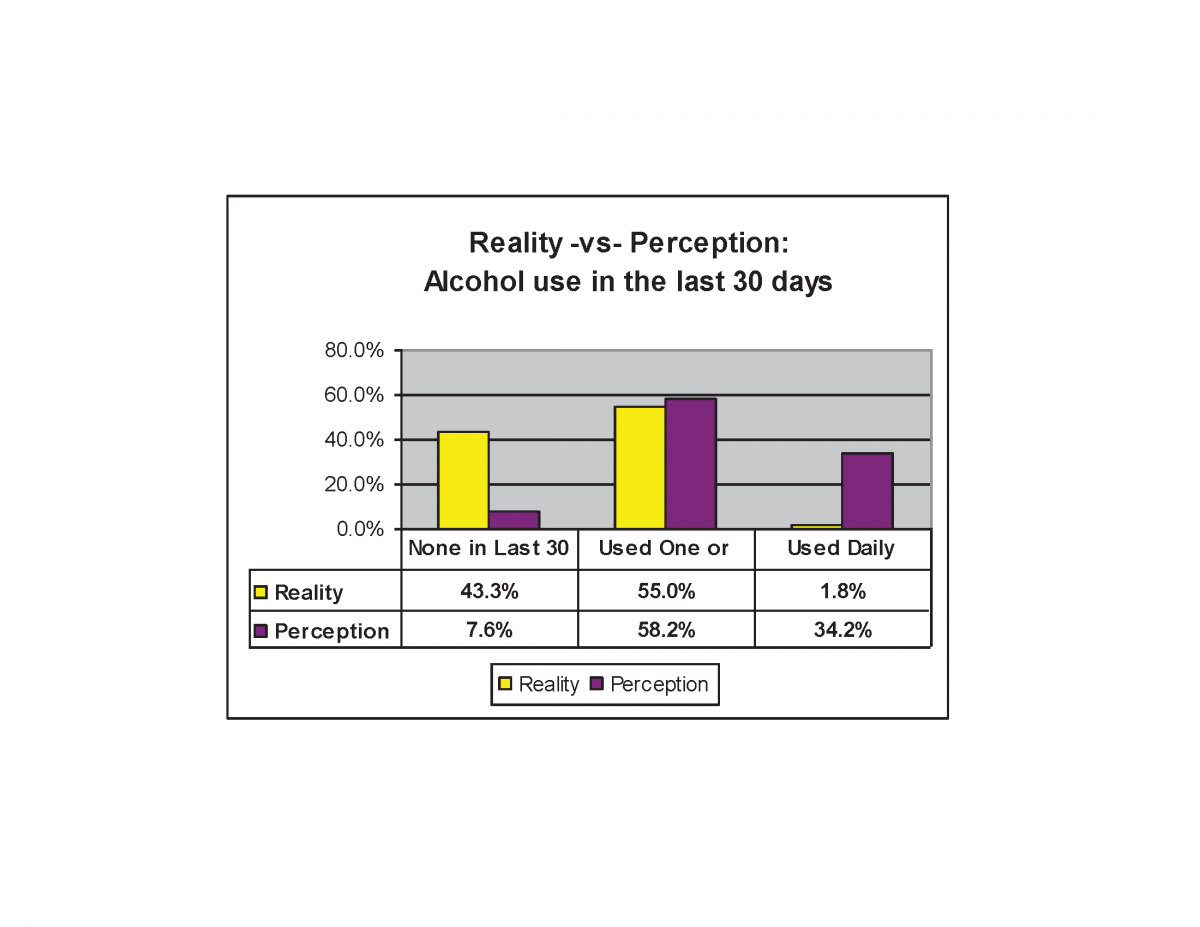Students who use alcohol and other drugs may not only be at risk academically, they may also be at risk for accidents and injuries, sexually transmitted diseases, and incidents of sexual violence. There are long-term health risks associated with drinking and using drugs over time. These risks include damage to the heart, liver, and brain. However, it should be noted that the vast majority of health risks occur over the course of a single evening, not after decades of abuse. A college-aged student has a much higher risk of an alcohol or other drug-related injury caused by a car crash, slipping or falling, or getting into a fight than developing liver disease.
As a faculty/staff member, you have the unique opportunity to support and make an intervention with a student.
The table below provides a list of student behaviors that may indicate that the student is under the influence of alcohol and/or other drugs.
| Signs & Symptoms | What you can do | |
|---|---|---|
| Distressed | Student reports struggling with alcohol or other drug use (e.g. a desire to stop, cut down, or risky behavior) Drop in attendance/performance | Talk to the student and express your concerns If needed, discuss what the student needs to do to be successful in the class. If you believe alcohol or other drugs are affecting a student's behavior in the classroom or his or her ability to succeed academically, we encourage you to talk to the student. |
| Disruptive | Smells of alcohol Impulsive/Talking too much Sleeping in class Inappropriate interactions | If you believe the student is currently under the influence, go to “Dangerous” behavior. Set limits for appropriate behavior Give the student a verbal warning that the behavior is disruptive and state the behavior that you expect of the student; for example, “I need you to stop the side conversations and focus on the class discussion, if you cannot I will ask you to leave the class.” For hygiene issues: inform the student of how strong smells can be disruptive to the learning environment; if necessary, dismiss the student. For the sleeping student: wake the student up to determine if the student is under the influence. |
| Dangerous/Dysregulated | Any sign of being under the influence is dangerous: Slurred speech Unsteady gait Unusual smells on breath, body, clothing Bloodshot eyes Sleeping in class Pupils larger or smaller than usual Please note: the above behavior can be caused by the side effects of some prescription medications or disabilities involving the Central Nervous System. If a student reports that the concerning behavior (i.e. drowsiness) is connected to a disability or medication, please refer them to Disability Resources (DRD). DRD faculty provide students with guidance about how to manage their disability. | (1) Call District Police: 527-1000 (2) Document the incident (3) Consider a referral for discipline for violating section J or K of the Student Conduct Code. |
Resources
| Contact Information | Services Provided | |
|---|---|---|
SRJC Resources | Student Health Services | Clinical services, health counseling and education are provided by Nurse Practitioners, Physicians, and Medical Assistants. Screening of drug/alcohol problems and connection with resources. Health education resources for students about alcohol and other drug use. |
| Student Psychological Services | Individual, couples, group, substance abuse, Spanish language, and drop-in counseling provided. SPS also provides psychiatric services for students in counseling. | |
| Disability Resources Department | For assistance disability management and academic accommodations. | |
12 Step Groups | Alcoholics Anonymous | |
| Narcotics Anonymous | ||
Detox Center | Turning Point Orenda Center | |
Drug Treatment Programs | Drug Abuse Alternatives Center |
How Frequently are SRJC Students Using Alcohol and Other Drugs?
When you hear students making statements like, "everyone is partying," challenge this misperception! The reality is that most students use alcohol occasionally. In 2010, Student Health Services at SRJC participated in the National College Health Assessment by surveying the health related behaviors of 1090 randomly sampled SRJC students. The results showed that 25% of SRJC students sampled reported that they had never used alcohol and 51% had never used marijuana. Likewise, 71% had not engaged in binge drinking (defined as having 5 or more drinks in one day) in the past 2 weeks.
SRJC Students Alcohol Use: Perception versus Reality
SRJC Students Marijuana Use: Perception versus Reality
Therefore, if a student’s involvement with alcohol or other drugs is to the point where it comes to your attention as staff/faculty at SRJC, then the student’s behavior is of concern and warrants a referral to the resources below.
Warning Signs of Commonly Abused Drugs
- Marijuana: Glassy, red eyes; loud talking, inappropriate laughter followed by sleepiness; loss of interest, motivation; weight gain or loss.
- Depressants (including Xanax, Valium, GHB): Contracted pupils; drunk-like; difficulty concentrating; clumsiness; poor judgment; slurred speech; sleepiness.
- Stimulants (including amphetamines, cocaine, crystal meth): Dilated pupils; hyperactivity; euphoria; irritability; anxiety; excessive talking followed by depression or excessive sleeping at odd times; may go long periods of time without eating or sleeping; weight loss; dry mouth and nose.
- Inhalants (glues, aerosols, vapors): Watery eyes; impaired vision, memory and thought; secretions from the nose or rashes around the nose and mouth; headaches and nausea; appearance of intoxication; drowsiness; poor muscle control; changes in appetite; anxiety; irritability; lots of cans/aerosols in the trash.
- Hallucinogens (LSD, PCP): Dilated pupils; bizarre and irrational behavior including paranoia, aggression, hallucinations; mood swings; detachment from people; absorption with self or other objects, slurred speech; confusion.
- Heroin: Contracted pupils; no response of pupils to light; needle marks; sleeping at unusual times; sweating; vomiting; coughing, sniffling; twitching; loss of appetite.
Source: https://helpguide.org/articles/addictions/drug-abuse-and-addiction.htm

